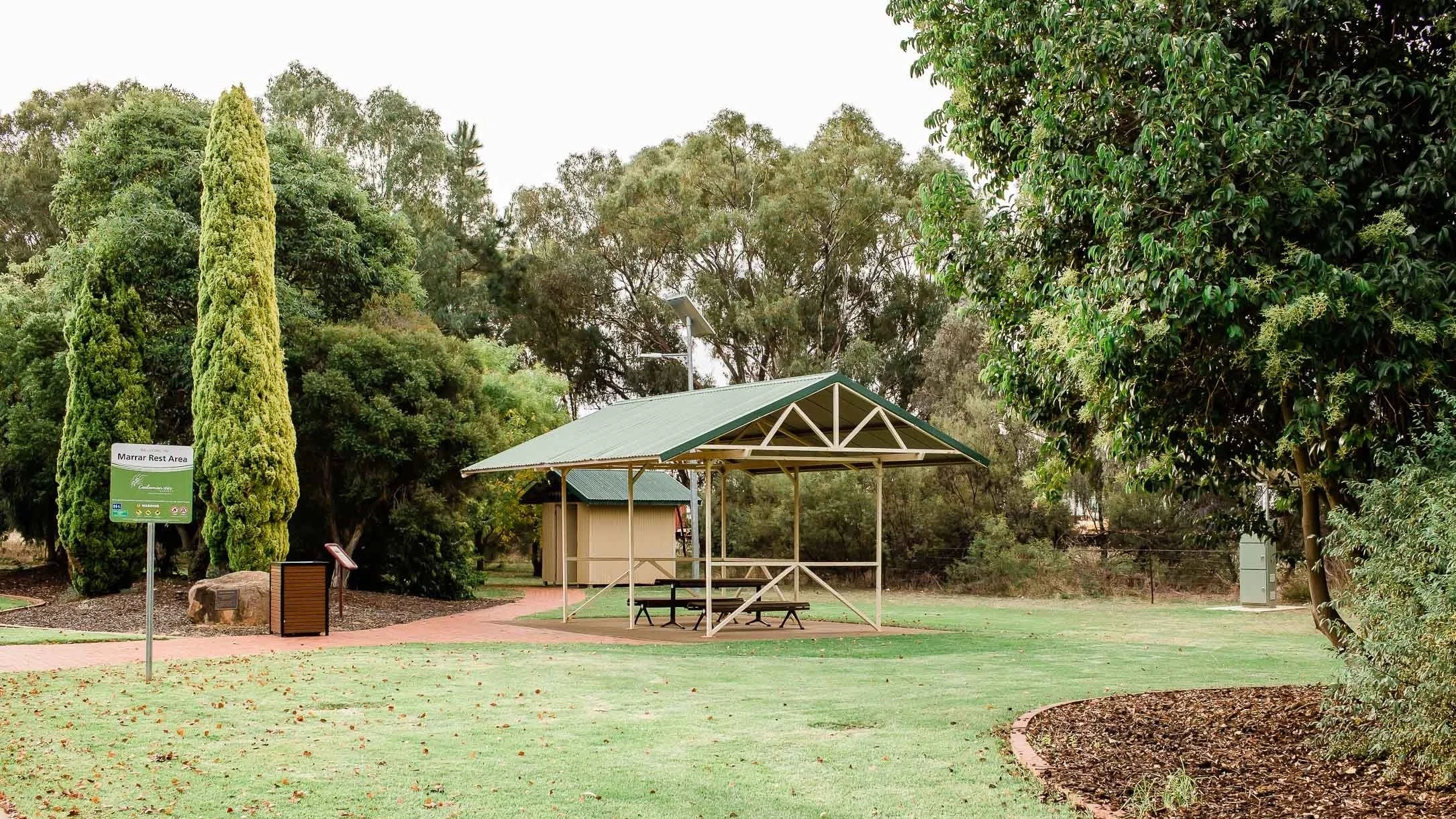Onsite Sewage Management Systems
Onsite sewage management systems treat wastewater on properties not serviced by Council’s sewer infrastructure. Council performs a regulatory role in ensuring that all systems are approved and are functioning correctly and efficiently, as a failed or poorly managed system can become a threat to the health of the environment, homeowners, neighbours, and in some cases the wider community.
Within the Shire, the two most common system types are the septic tank and absorption trench arrangement and the increasingly common aerated wastewater system. These can be differentiated by:
Septic Tank and Absorption Trench: The traditional ‘septic tank and rubble drain’ typically consists of a minimum 3000L underground tank (stamped with an Australian Standard marking and containing a baffle to retain the wastewater for as long as possible). Wastewater enters the tank and forms a ‘crust’ on top of the waterline forming an environment for anaerobic bacteria to digest and breakdown the waste into effluent. Effluent is then disposed of through a sub-surface absorption trench. The minimum trench length for this type of system within the Coolamon Shire is 50 lineal metres. Trench lengths may vary however depending on soil types and potential loadings.
This type of system needs ongoing care and attention from the householder to ensure the bacteria are kept healthy and the trench is maintained in operational condition. Neglected systems often experience ‘trench failure’ caused by a combination of poor choice in household cleaning product, trench compaction (from vehicles or livestock), trench inundation (through flooding or overland water infiltration), or a lack of a grease trap causing the trench to become water repellent.
Aerated Wastewater System: Also referred to by brand names such as ‘Bio-cycle’, ‘Bio-septic’, or ‘Enviro-cycle’ among others, this type of system relies on the introduction of air into the tank to provide aerobic bacteria with the right conditions to digest and breakdown the waste into effluent. Effluent is then further treated by either chlorine or UV light, before being irrigated onto gardens or tree plantings.
An aerated wastewater system is generally accredited by NSW Health and requires servicing by an authorised service agent 3-4 times per year, depending on the system type and manufacturer.
Council staff are able to offer advice to householders to ensure an existing system is maintained in a safe and healthy condition, or alternatively assist developers in choosing the right system and specifications for new building works. Further information can be found in the Easy Septic Guide (below), or by contacting Council on 02 6930 1800.
View the Easy Septic Guide here
View the Instructions for the Decommissioning of Septic Tanks here

